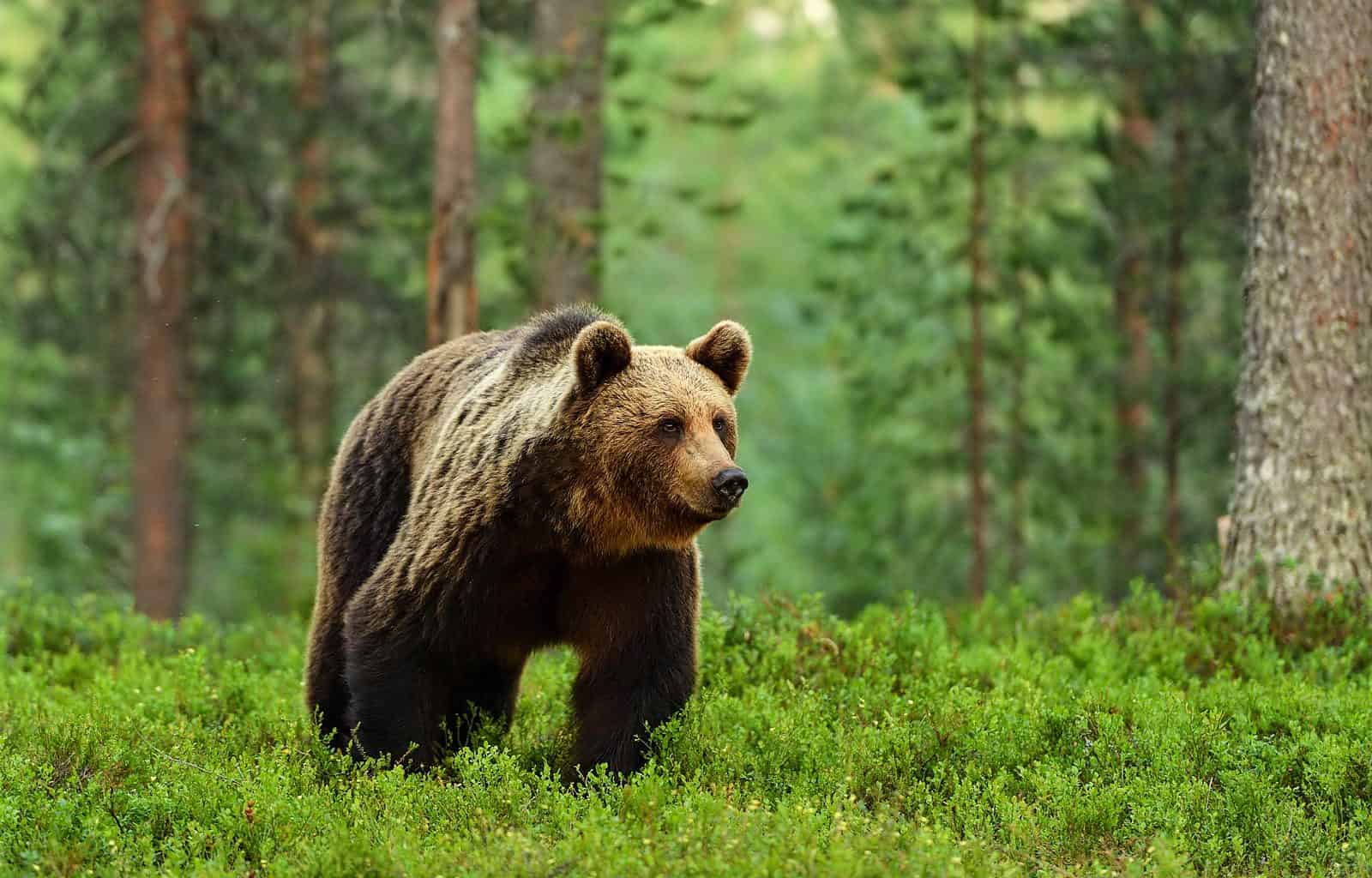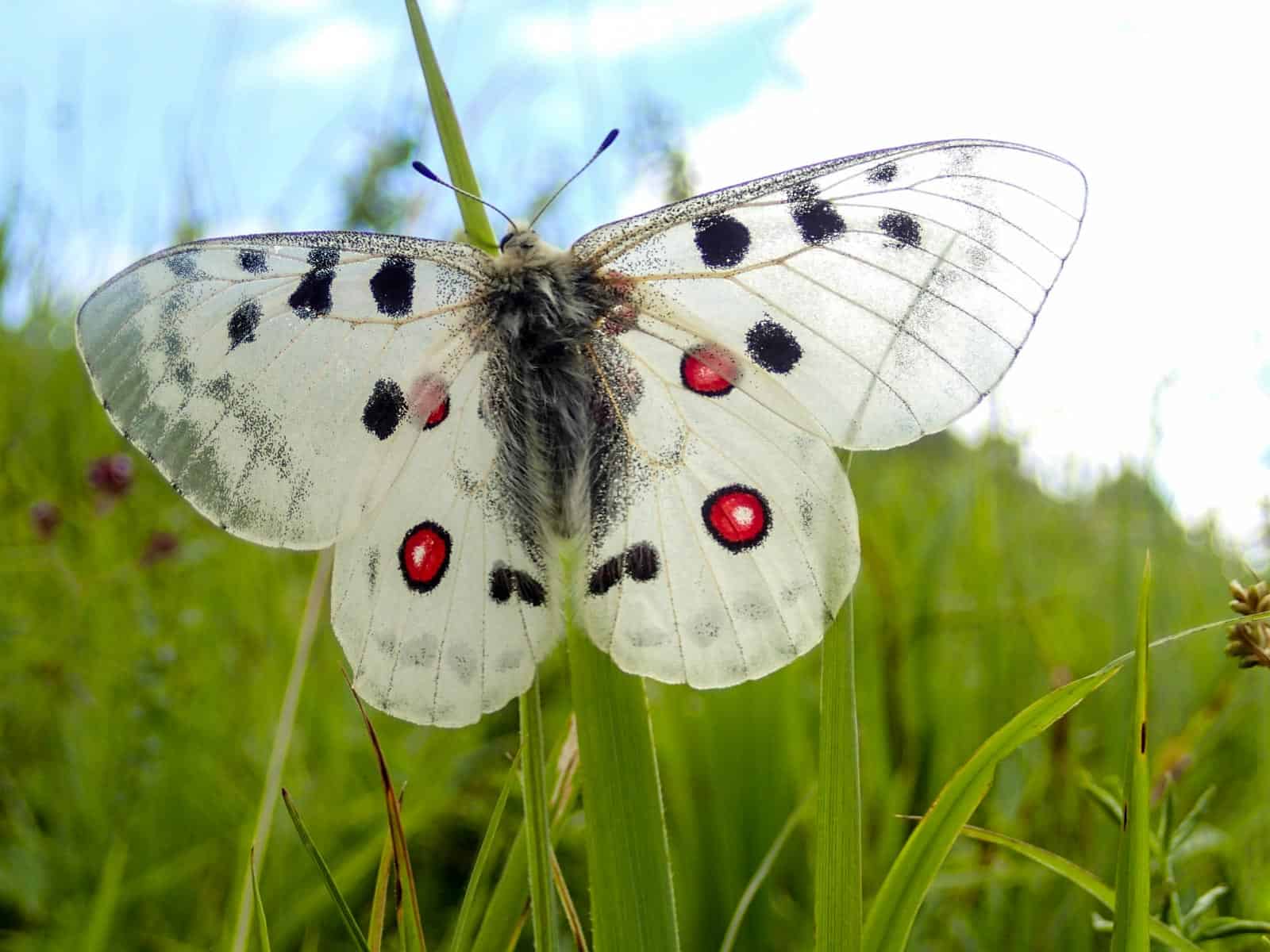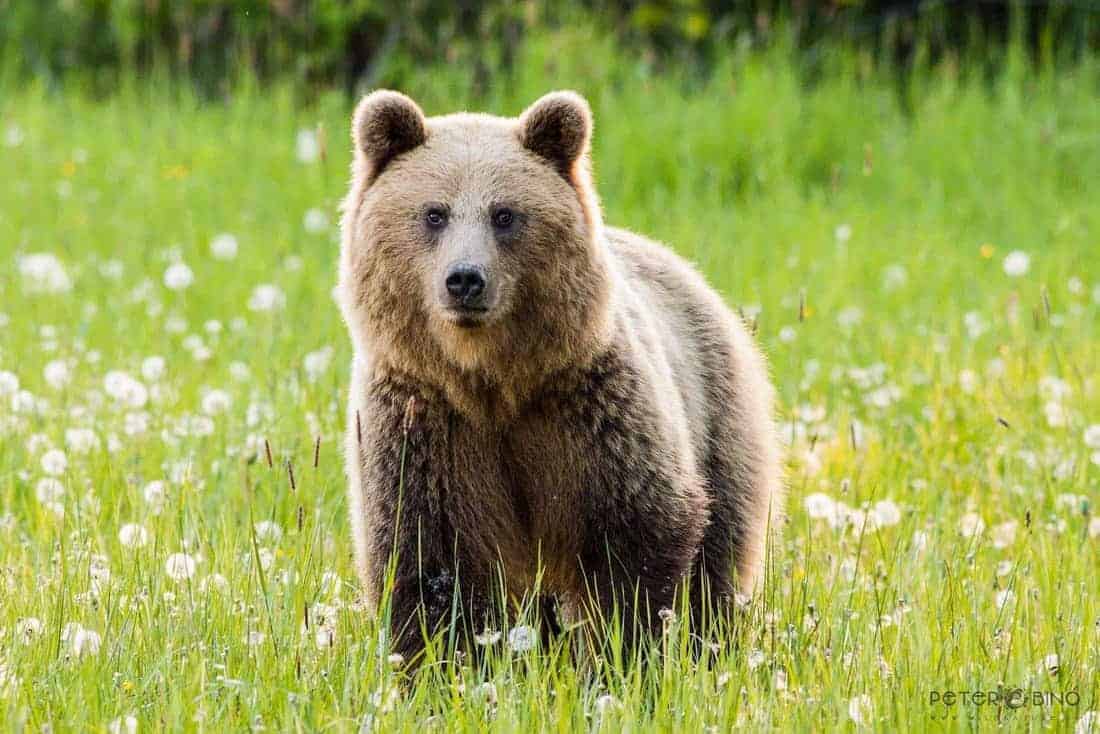Great Barrier Reef survey
The Great Barrier Reef is a remarkable variety and beauty on the north-east coast of Australia. It contains the world’s largest collection of coral reefs. It is a home of 1.500 species of fish, 4.000 types of mollusks and 400 types of coral. These one of three the highest biodiversity systems.
Each year the Australian Institute of Marine Science (Aims) surveys the reef’s health, using aerial surveys and divers slowly towed by boat. The last studies sows that The northern and central parts of the reef have the highest amount of coral cover since monitoring began 36 years ago. At the same time the eastern part is constantly decreasing.
The partly regeneration of corrals is good tendency, but we need to observe them for longer time to confirm, that they not going to die soon. Young corrals is extremely vulnerable. Also, the fourth massive bleaching events was confirmed in March this year.
Bleaching is a result of stress caused by warm water temperatures and process, when algae living within corrals leave them without color and life. The latest studies demonstrate the reef can recover under suitable conditions.
What is destroying the Great Barrier Reef
Crown-of-thorns starfish are big lovers of eating corals. One star in few hours can finish one adult corral and leave skeleton without polypes. Also, tropical cyclones generate demanding waves.
The majority of new growing corals are species called Acropora. They are can be put into enormous danger caused by these two threats.


Monitoring can protect the Great Barrier Reef
The Great Barrier Reef Marine Park Authority, which manages the reef, says the outlook for the icon is “very poor” due to climate change. They are trying to implement protection actions for the most important parts of the reef.
Reconnaissance is an important part of saving underwater life. Monitoring survey launched with some citizen science techniques, which means experts want to encourage more than 1000 enthusiasts to take picture of corals. Based on photos experts mark the species located in different areas to prepare the map of conservation actions.
Don’t have mask and waterproof camera? Or tickets to Australia are pretty expensive, but you still want become a part of science campaign? Monitor Apollo butterflies with us! Check the article for more details and let’s #followapollo together.









